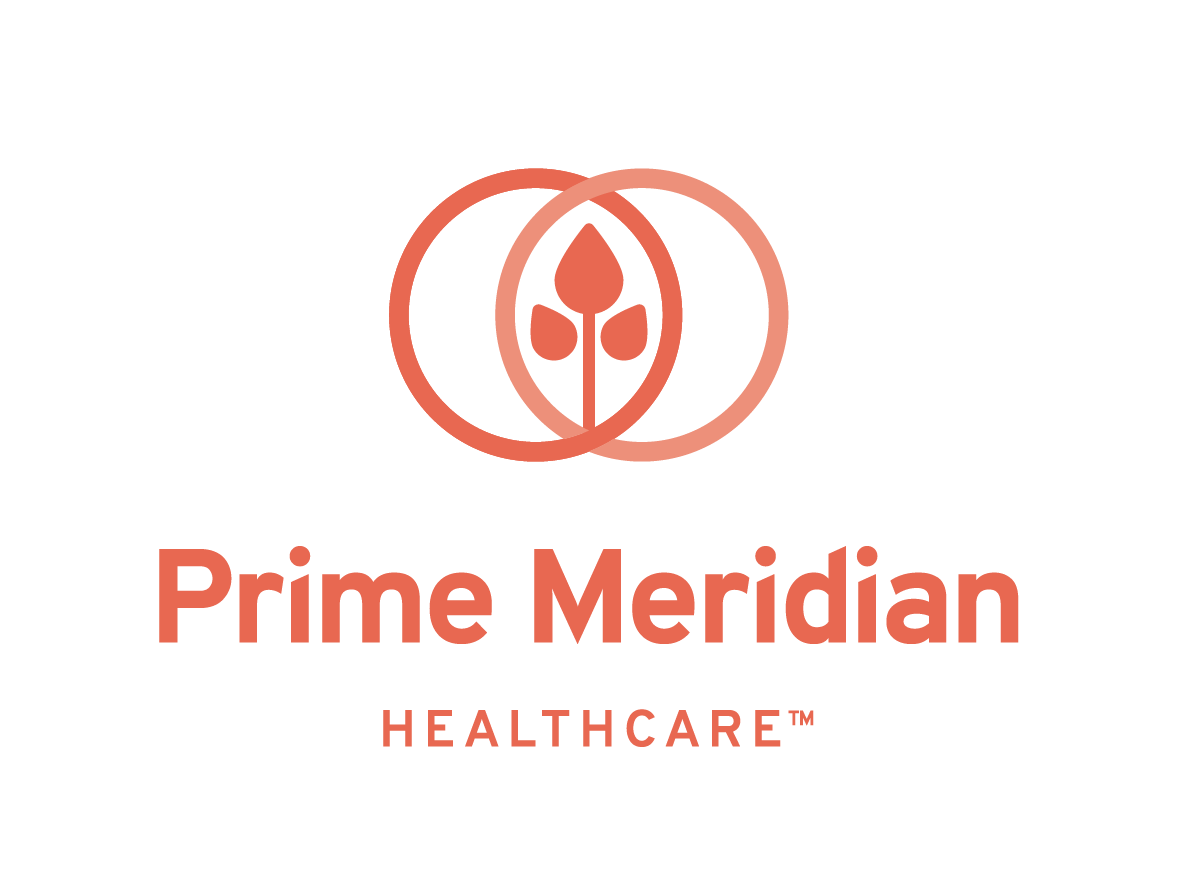
CARDIOVASCULAR
DISEASE
IN
WOMEN
Cardiovascular Disease (CVD) is often considered a man’s disease, but the world’s greatest killer afflicts women at similar rates. This misconception causes excess disease and death because both patients and providers incorrectly feel women are not at risk of severe heart disease like men. About 1 in 3 female deaths in the U.S. are attributed to CVD and an estimated 6% of women over the age of 20 have the most common form of CVD (coronary heart disease) (1, 2). February marks American Heart Month, with the first Friday of the month donned National Wear Red Day, to raise awareness of the effects of CVD on women. February 5th isn’t just about wearing a red t-shirt; take some time out of your day to learn how heart disease affects women and how it can be prevented.

Know The Differences
The oxygen and nutrients the heart shuttles throughout the body are vital for the function and survival of every organ and body system. Needless to say, the heart is the most important muscle in the body and anything that negatively impacts its efficiency is a significant health concern. CVD, heart disease, coronary heart disease, heart attack…these terms are often used interchangeably, but it is important to understand the differences.
CVD is the big umbrella term, encompassing all conditions that affect the heart or blood vessels. Heart disease is a form of CVD, and is another general term that describes conditions that affect the function and structure of the heart. Coronary heart (or artery) disease is the most common form of heart disease, which occurs when your arteries narrow due to buildup of plaque (atherosclerosis) and the efficiency of oxygen-rich blood flow to the heart decreases. A heart attack is an acute event where blood flow to the heart is significantly reduced (generally caused by coronary heart disease) resulting in the death of heart muscle.
· Coronary heart disease is a significant cause of heart disease, but not the only form of heart disease.
· Heart attacks are most often caused by coronary heart disease (atherosclerosis), but not all of them are.
THE SYMPTOMS
While any obstruction to efficient transport of oxygen and nutrients throughout the body causes a list of general symptoms, the warning signs of CVD may be dependent on the exact condition and its root cause:
Atherosclerosis | Fatty plaque buildup in your artieries
Chest pain or tightness, shortness of breath, pain/weakness/numbness in extremities, and possible pain in neck, jaw, back, or abdomen.
Heart arrhythmia | Abnormal heartbeat
Abnormally fast (tachycardia) or slow (bradycardia) heartbeats, a fluttering sensation in your chest, chest discomfort, and shortness of breath.
Heart defect |
Shortness of breath, fatigue from easy physical activity, or swelling in extremities.
Cardiomyopathy | Diseased heart muscle
Swelling in the lower extremities, breathlessness, fatigue, and irregular heartbeats.
Valve problems | Valvular heart disease
Fatigue and shortness of breath, irregular heartbeat, and possible fainting.
Keep in mind that all of these conditions and symptoms are very serious. If you are regularly experiencing any of them, make an appointment with your Prime Meridian Healthcare provider immediately for further evaluation.
The Gender Gap
CVD is the number one cause of death in both genders and the symptoms tend to manifest similarly. However, because of biological differences between men and women, there are some differences in risk factors and how the disease develops. Because of these biological differences, CVD should be diagnosed and treated differently for men and women. To date, most of the research into CVD has focused almost exclusively on men, with the results simply extrapolated to women. It is only recently that the scientific and medical communities are beginning to understand these differences and update guidelines to better address CVD in women (3). Some key differences are
1
Cholesterol buildup, one of the primary factors in the development of CVD, tends to occur at different places. In men, the buildup generally occurs in the largest arteries while women tend to experience buildup in the microvasculature (smaller blood vessels) (4).
2
Men have heart attacks at a younger age, but have better survival rates (5). When age is accounted for, more women die than men within five years of their first heart attack (47% compared to 36%) (6). This is likely due, in part, to the lack of research into diagnosis and treatment specific to women, but there is also evidence that women tend to be prescribed conventional medication (such as statins and aspirin) less often and are less likely to adhere to the medication protocol.
3
While heart attack symptoms are generally similar, women are more likely to experience pain in the neck, jaw, throat, back, and abdomen, as well as nausea and vomiting (7).
4
Women may have different risk factors due to hormones and pregnancy. Research suggests that preeclampsia in pregnancy more than doubles future CVD risk (8). There is also evidence that endometriosis before the age of 40 may increase future risk (9).
5
Diagnostic care may be different. For instance, because women tend to experience blockages in the microvasculature, cardiac catheterization (the most common diagnostic test for heart attacks) may not be as effective in women (10).
6
Because most of current research has investigated CVD in men, the medical community has a weaker understanding of how to treat causes of CVD that are more common in women, such as plaque buildup in the microvasculature and heart inflammation (11).
The Insulin Resistance Connection
Seeking to uncover how the development of heart disease is unique in women, a study recently published in The Journal of the American Medical Association (JAMA) has provided some insight. Researchers from the Brigham and Women’s Hospital analyzed data from the Women’s Health Study, a landmark trial that began in 1993 and has included nearly 40,000 female participants (12). Looking at more than 50 risk factors, the researchers noted that those women who had been diagnosed with type 2
diabetes before the age of 55 were ten times as likely to develop CVD within the next two decades. Furthermore, it was found that lipoprotein insulin resistance (LPIR), a more recent metric to score an individual’s level of insulin resistance, was far more effective at determining future CVD risk than more conventional metrics such as LDL cholesterol and hemoglobin A1c. Among the other risk factors, obesity, hypertension, and smoking were also shown to be associated with increased risk for experiencing a premature cardiac event, but not nearly to the extent of insulin resistance. The researchers noted that the results suggest that insulin resistance may be an even greater risk for CVD in women than men and is mostly preventable with healthy lifestyle behaviors; therefore, more effort needs to put into public health and medical efforts to address the issue.
Preventing
Heart
Disease
When it comes to heart disease there are three levels of prevention

Primary Prevention |
Efforts to keep an at risk individual from experiencing a first heart attack or stroke or developing CVD. These efforts are generally aimed at those with existing risk factors such as metabolic syndrome and include behavioral/lifestyle modification and medication.
Secondary Prevention |
Efforts that begin after someone has been diagnosed with CVD or experienced their first cardiac event. These may include behavioral modification and medication, but also more extreme interventions such as surgery.
Primordial Prevention |
Meaning “from the beginning,” primordial efforts are focused on preventing risk factors for CVD from ever occurring. These efforts primarily revolve around developing healthy lifestyle habits early in life, but also intervention prior to the development of risk factors and some early diagnostic tools. The American Heart Association has identified primordial prevention as the key to reducing the incidence of CVD and improving overall health outcomes (13).
Research suggests that starting interventions early is the most effective approach to preventing chronic disease (14). This is especially true with cardiovascular health as obesity in childhood may be an individual risk factor for future CVD, even when healthy weight status is achieved later in life (15). A whole food diet that promotes healthy weight management and glycemic control, regular exercise, and refraining from smoking are the key lifestyle factors that can regulate risk factors and reduce overall CVD risk, regardless of your current stage in life.
CVD is not just a man’s disease, it affects women at a similar rate and in some unique ways. Recognizing and treating it earlier is indeed a medical priority but is also a women’s issue that all need to address through education and then action. The key to averting CVD is through primordial prevention—the development of a lifestyle that promotes overall cardiovascular health. While a red t-shirt is a nice touch, take National Wear Red Day to heart by scheduling an appointment with your Prime Meridian Healthcare provider to evaluate your current cardiovascular health and discuss how you can reduce your CVD risk.
References
1
Deaths: Leading Causes
Heron M.
4
Variations Between Men and Women in Cardiovascular Disease Incidence
Walli-Attaei M., et al.
7
Sex Differences in Acute Coronary Syndrome
Roos E., et al.
10
Sex Differences in Outcomes After Cardiac Catheterization
King K., et al.
13
Guidelines on the Primary Prevention of Cardiovascular Disease
Arnett D., et al.
2
Heart Disease and Stroke Statistics
Benjamin E., et al.
5
Heart Disease and Stroke Statistics
Benjamin E., et al.
8
Heart Failure in Women With Hypertensive Disorders of Pregnancy
Honigberg M., et al.
11
Gender Differences in Coronary Heart Disease
Maas A. and Appelman Y.
14
Early Developmental Conditioning of Later Health and Disease
Hanson M. and Gluckman P.
3
Sex Differences in Myocardial Infarction
Alabas O., et al.
6
Acute Myocardial Infarction in Women
Mehta L., et al.
9
Endometriosis and Risk of Coronary Heart Diease
Mu F., et al.
12
Onset for Incident Coronary Heart Disease in Women
Dugani S., et al.
15
Childhood Obesity and Adult Cardiovascular Disease Risk Factors
Umer A., et al.


